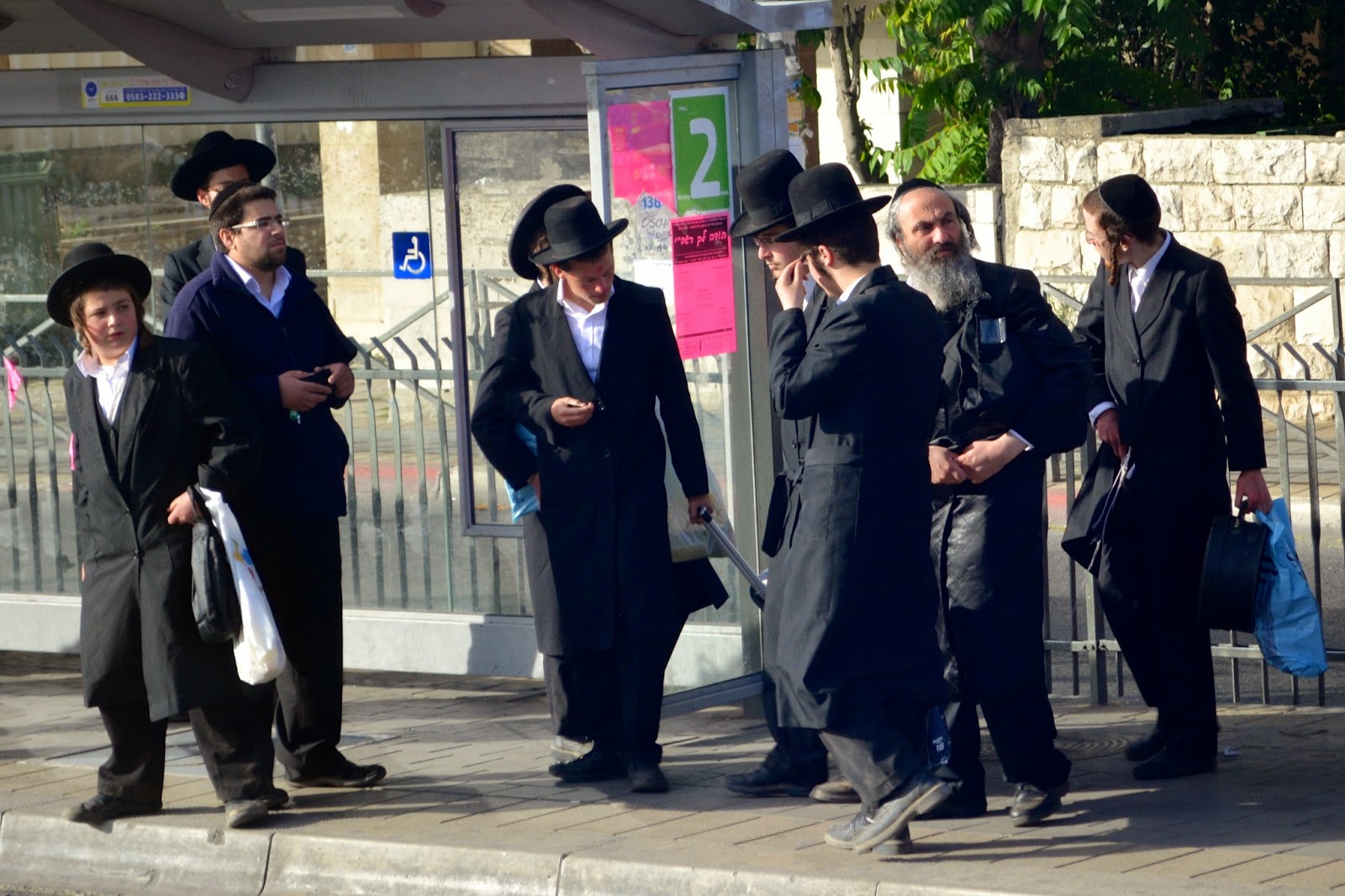At the conclusion of the dramatic telling of the story of Pentecost in verses 1-41, we read:
This "community" was not something that the apostles themselves fabricated. Their new "life together," by and through the gift of the Spirit, was exclusively God's doing.
The Greek word translated here as "community" is koinonia, and this word is the reason I have always loved this passage. This is because I once heard something in a seminary lecture about koinonia that has always stuck with me:
With all the discord in the church today, with so much attention being given to what divides the church rather than what unites us, I invite you to ponder this question, too. The church is in need of some serious soul-tending.
Still, unity is not something we can manufacture, or will into existence. It is a work of God's Spirit, and as such, I agree with what Bishop Carter said in his clergy address at Annual Conference. Unity in the church is a byproduct of fruitfulness in the church. I am praying for faithful obedience to where the Holy Spirit wants to lead the church and believing that the result will be a harvest of great fruitfulness, that will include a fresh unity and renewal of our soul...our koinonia. So, I continue praying this prayer:
"God brought about three thousand people into the community on that day." (Acts 2:41b, CEB, emphasis mine)What follows this conclusion is a brief description of what this fledgling, Spirit-filled community looked like:
"The believers devoted themselves to the apostles’ teaching, to the community, to their shared meals, and to their prayers. A sense of awe came over everyone. God performed many wonders and signs through the apostles. All the believers were united and shared everything. They would sell pieces of property and possessions and distribute the proceeds to everyone who needed them. Every day, they met together in the temple and ate in their homes. They shared food with gladness and simplicity. They praised God and demonstrated God’s goodness to everyone. The Lord added daily to the community those who were being saved." (Acts 2:42-47, CEB, again emphasis mine)I've always loved this passage. In fact, I refer to it often (the reasons for which I will get to in a moment). Usually when I turn to this passage, I go straight to verse 42 and skip the Pentecost story. Today, I realized there is a mistake in doing that because skipping the story of Pentecost disembodies verses 42 through 47 from their context. Yes, we have something important to learn from these five verses about the apostles and their "life together" after they received the fullness of the Holy Spirit at Pentecost. But, therein lies the very importance of the Pentecost story to this passage.
This "community" was not something that the apostles themselves fabricated. Their new "life together," by and through the gift of the Spirit, was exclusively God's doing.
The Greek word translated here as "community" is koinonia, and this word is the reason I have always loved this passage. This is because I once heard something in a seminary lecture about koinonia that has always stuck with me:
If the Greek word ecclesia can be associated with the church and its infrastructure or buildings, than the Greek word koinonia should be associated with the church's soul.With this in mind, I often ponder the question: "If a body without a soul is an empty shell, what is ecclesia without koinonia?"
With all the discord in the church today, with so much attention being given to what divides the church rather than what unites us, I invite you to ponder this question, too. The church is in need of some serious soul-tending.
Still, unity is not something we can manufacture, or will into existence. It is a work of God's Spirit, and as such, I agree with what Bishop Carter said in his clergy address at Annual Conference. Unity in the church is a byproduct of fruitfulness in the church. I am praying for faithful obedience to where the Holy Spirit wants to lead the church and believing that the result will be a harvest of great fruitfulness, that will include a fresh unity and renewal of our soul...our koinonia. So, I continue praying this prayer:
O God the Father of our Lord Jesus Christ, our only Savior, the Prince of Peace: Give us grace seriously to lay to heart the great dangers we are in by our unhappy divisions; take away all hatred and prejudice, and whatever else may hinder us from godly union and concord; that, as there is but one Body and one Spirit, one hope of our calling, one Lord, one Faith, one Baptism, one God and Father of us all, so we may be all of one heart and of one soul, united in one holy bond of truth and peace, of faith and charity, and may with one mind and one mouth glorify thee; through Jesus Christ our Lord. Amen. (Book of Common Prayer, p. 818)












































